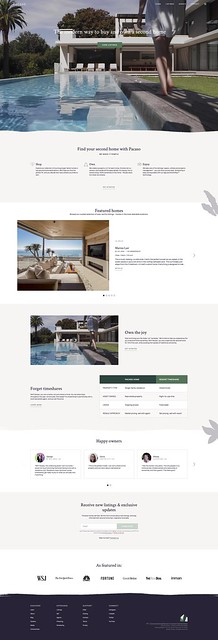1 minutes estimated reading time
Split economy
The split economy is used a term differentiate from the sharing economy. I first heard of it on the Robin Hood Snacks Daily podcast. The sharing economy has been discussed ad infinitum and is very popular. It encompasses high growth businesses like AirBnB, Uber and DoorDash.
The split economy is used to differentiate itself from the sharing economy. They have some elements in common. Like the sharing economy, the split economy focuses on maximising the utilisation of assets. The difference is that the consumer isn’t paying for a just a service, but also fractional ownership of an underlying asset.
An example would be fractional ownership of sports cars via ‘clubs’ :
- Curvy Road
- AutoXotica
- Exotic Car Share
Fractional ownership of art:
- Feral Horses
- Masterworks
- ArtSquare.io
None of these are necessarily ‘new’ business ideas, but they are now starting to get heat behind them.
Pacaso
Snacks Daily discusses a company called Pacaso. Pacaso buys high end properties and then divides it up into fractional ownership. They then charge a management fee to configure the home with personal pictures, a full fridge, fresh laundry and extensively cleaned. Its a sophisticated boutique experience, that is cheaper than full ownership, but with all the practical benefits.
Back in the day, Pacaso would have been described as a timeshare business. However the reputation of timeshares has been tainted by high pressure selling and criminality. Split ownership allows Pacaso to put distance between the timeshare sector and itself. It allows the business to ride the coat tails of valuations enjoyed by sharing economy companies.
More similar posts here.
